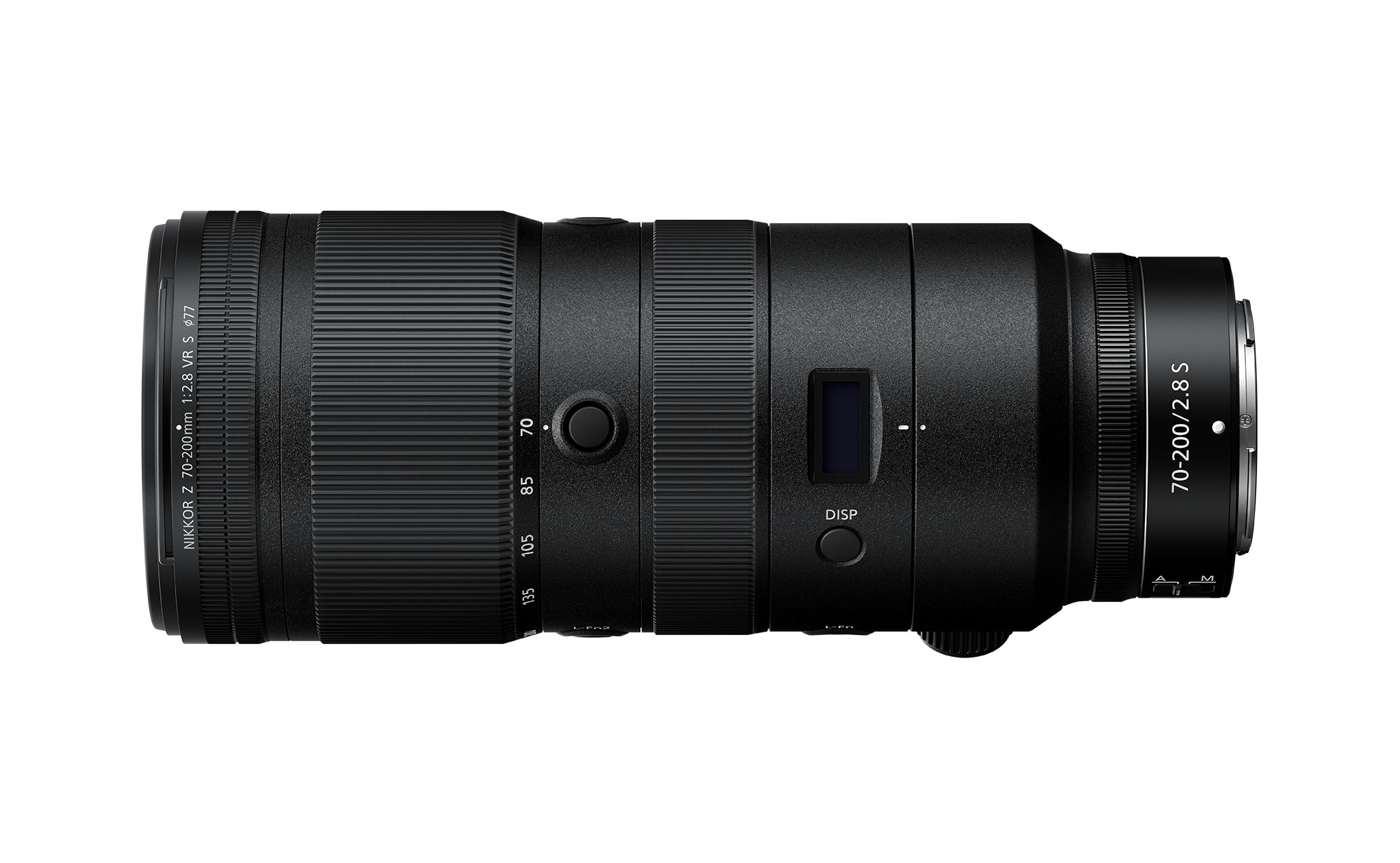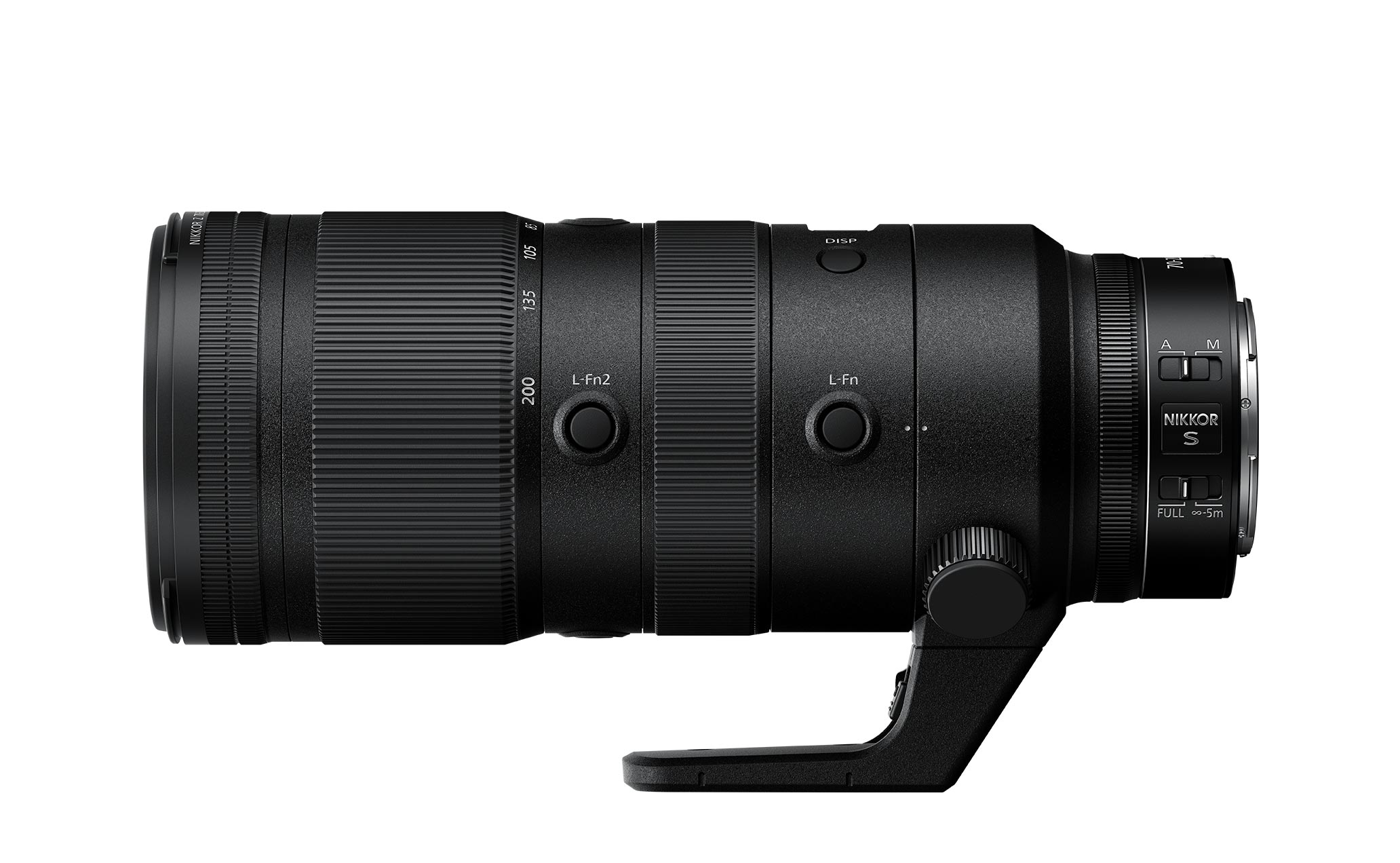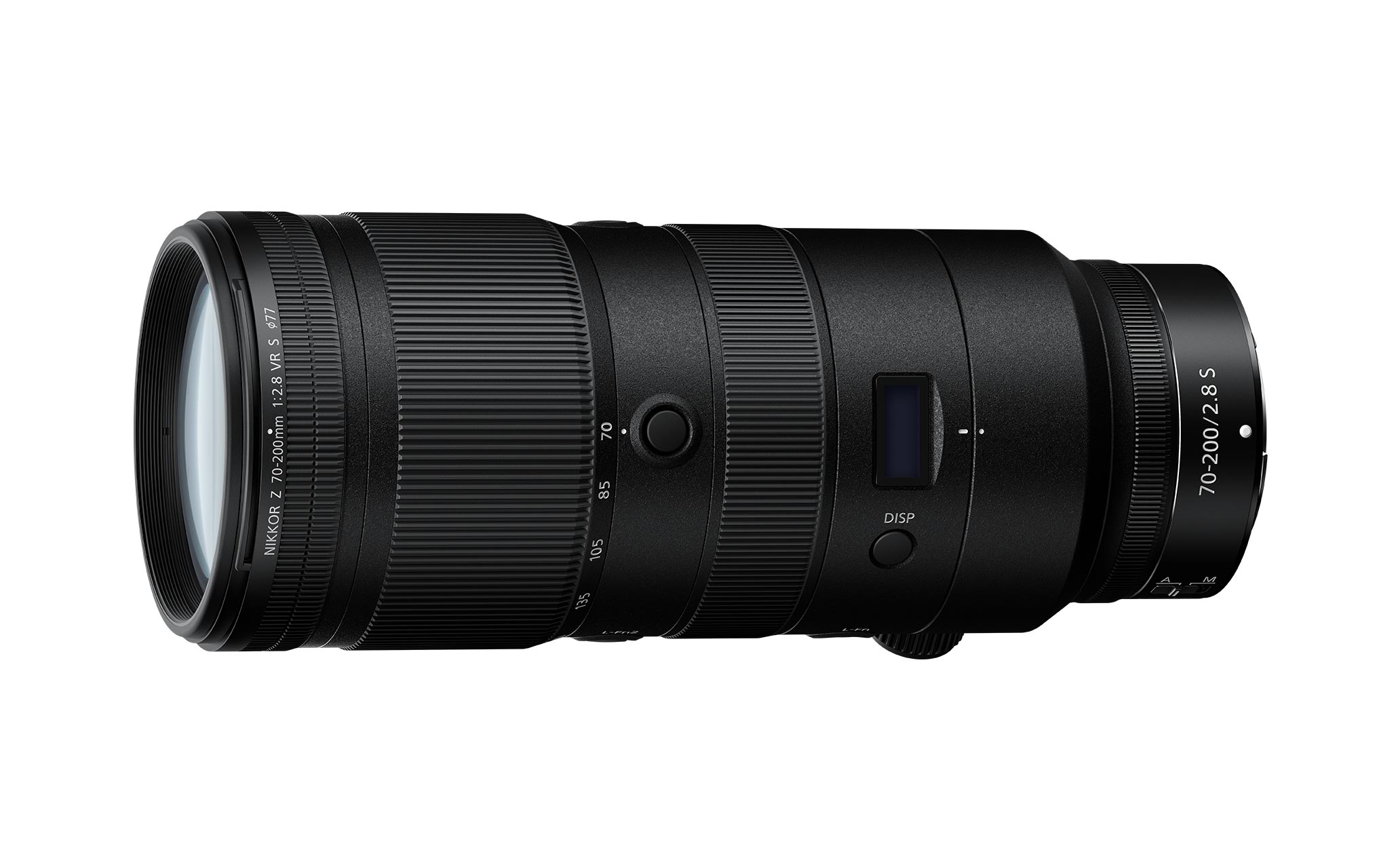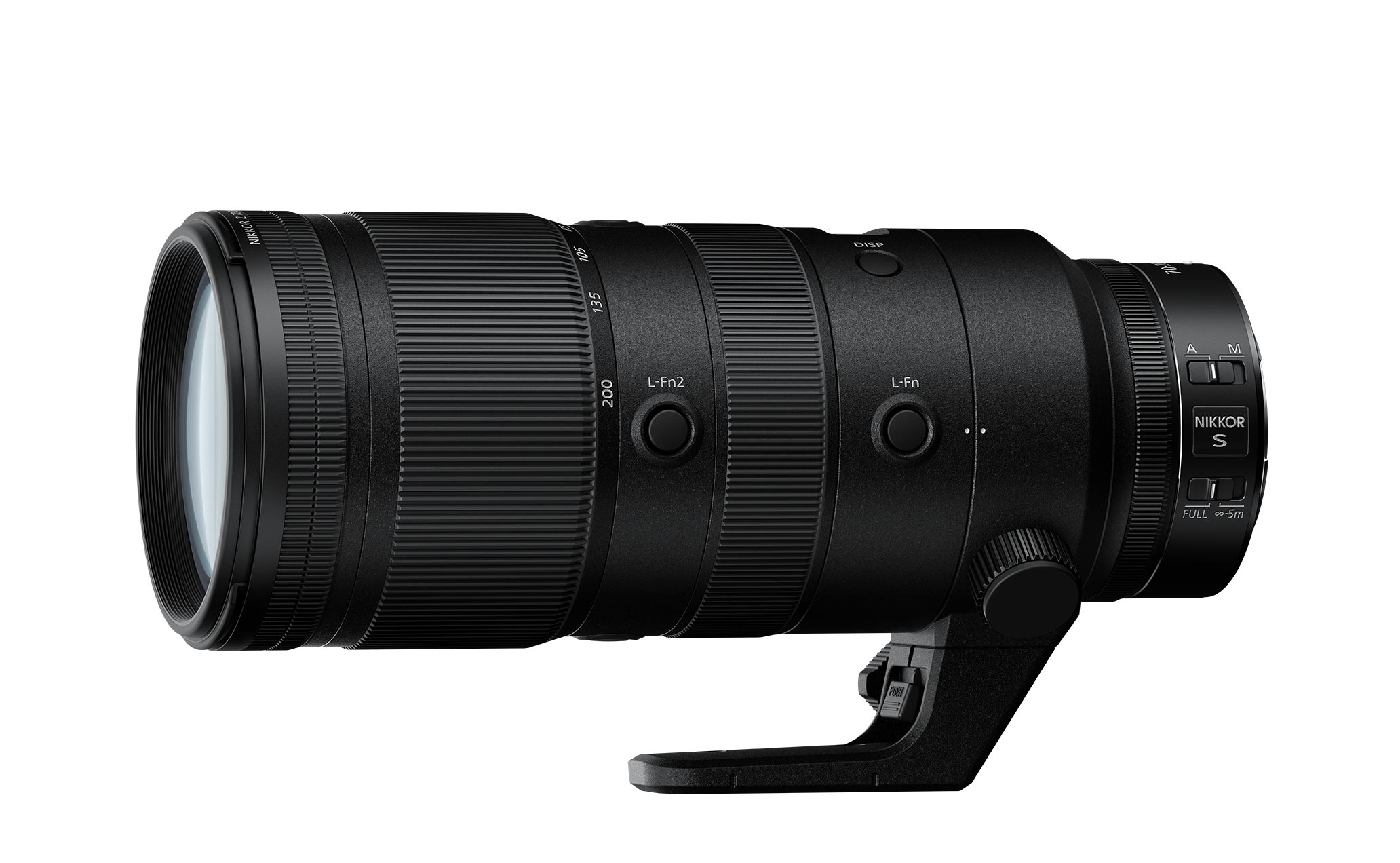NIKKOR Z 70-200mm f/2.8 VR S

S-Line
Overview
- The NIKKOR Z 70-200mm f/2.8 VR S, one of the high-performance S-Line models, covers the 70 to 200 mm focal-length range with a constant bright maximum aperture of f/2.8.
- Various lenses that provide superior optical performance such as a newly developed SR (Short-wavelength Refractive) lens element, one fluorite lens element, six ED glass elements and two aspherical lens elements are generously incorporated.
- The multi-focusing system delivers sharp images without color bleeding at the focal plane across the entire shooting range, including short distances, while contributing to highly accurate, high-speed AF.
- Extremely short minimum focus distance of 0.5 m is achieved at the wide-angle end, despite being a telephoto zoom lens, enabling users to boldly approach subjects to take high-quality images.
- The built-in Vibration Reduction (VR) function provides a superior compensation effect equivalent to shooting at a shutter speed 5.5 stops*1 faster, the maximum in the history of NIKKOR interchangeable lenses*2.
- *1Based on CIPA Standard; in NORMAL mode; this value is achieved when attached to a mirrorless camera equipped with 35mm film size image sensor, and when zoom is set to the maximum telephoto position.
- *2As of January 7, 2020.
- Both Nano Crystal Coat and ARNEO Coat are employed to effectively reduce ghost and flare effects caused by incident light from any direction, enabling the capture of clear and crisp images even under harsh lighting conditions.
- Outstanding movie recording performance is realized by intensive consideration even of details such as focus-breathing compensation, enhanced AF tracking performance and minimized operational sound.
- The control ring, which is separate from the focus ring, allows smooth operability with the assignment of a function selected from various options (aperture, exposure compensation, ISO sensitivity, none).
- Shooting flexibility is greatly expanded by adopting a lens information panel for easy confirmation of settings even in dark situations and two lens Fn buttons to which various functions can be assigned.
- By employing parts made of magnesium alloy, a lightweight and durable body is achieved, providing highly mobile, stress-free shooting.
- Superb dust- and drip-resistant capability and Nikon's fluorine coat applied to the front lens element deliver enhanced reliability.
Specifications
Focal length |
70-200 mm |
|---|---|
Maximum aperture |
f/2.8 |
Minimum aperture |
f/22 |
Lens construction |
21 elements in 18 groups (including 6 ED glass, 2 aspherical lens, 1 fluorite lens, and 1 SR lens elements, elements with Nano Crystal and ARNEO coats, and a fluorine-coated front lens element) |
Angle of view |
34°20' - 12°20' (FX format) |
Minimum focus distance |
0.5 m/1.64 ft from the image sensor at the wide-angle end; |
Maximum reproduction ratio |
0.2x |
Diaphragm blades |
9 (rounded diaphragm opening) |
Filter-attachment size |
77 mm (P = 0.75 mm) |
Dimensions |
Approximately 89 mm/3.6 in. maximum diameter x 220 mm/8.7 in. (distance from camera lens mount flange) |
Weight |
Approximately 1,440 g/3 lb 2.8 oz (with the tripod collar); approximately 1,360 g/3 lb (without the tripod collar) |
Supplied accessories |
LC-77B Lens Cap (front cap), LF-N1 Lens Cap (rear cap), HB-92 Lens Hood, CL-C3 Lens Case |
- Specifications are subject to change without notice.
MTF Chart
• Wide

• Tele
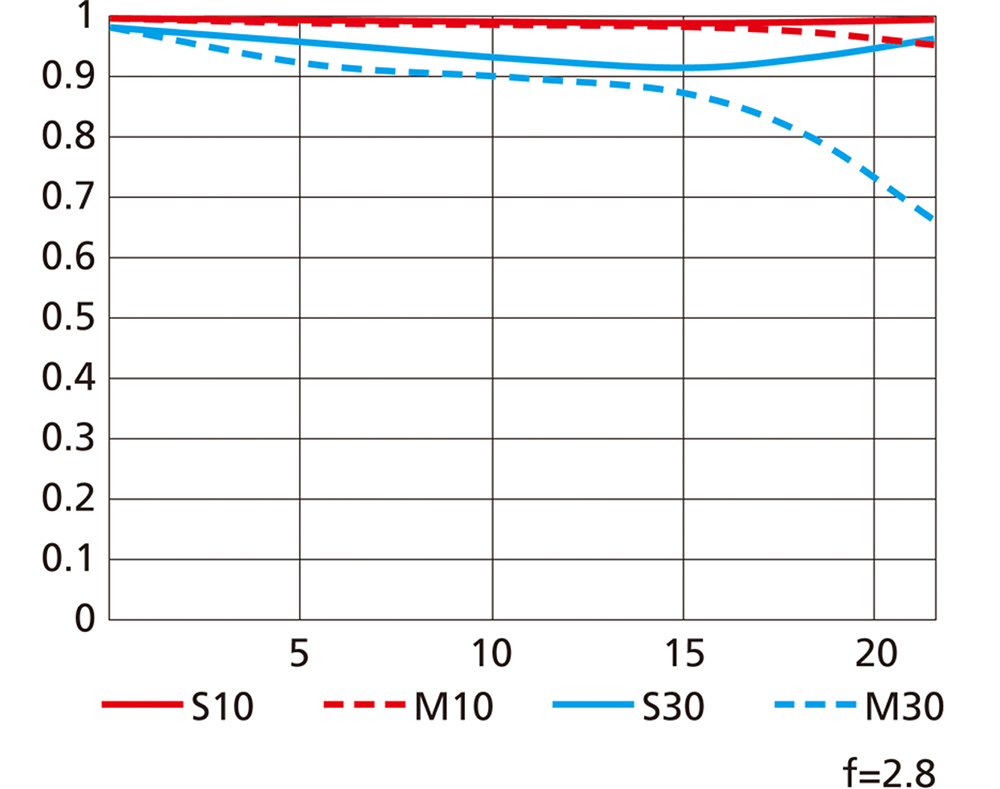
| Spatial Frequencies | S: Sagittal | M: Meridional |
|---|---|---|
| 10 lines/mm | ||
| 30 lines/mm |
Lens Construction
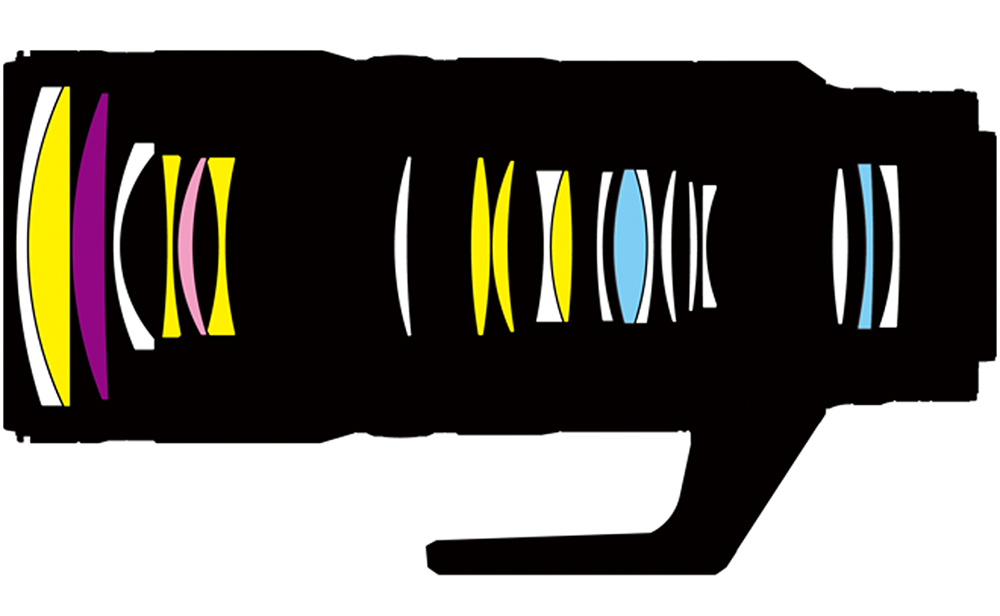
- ED glass elements
- Aspherical lens elements
- Fluorite lens elements
- SR lens elements

